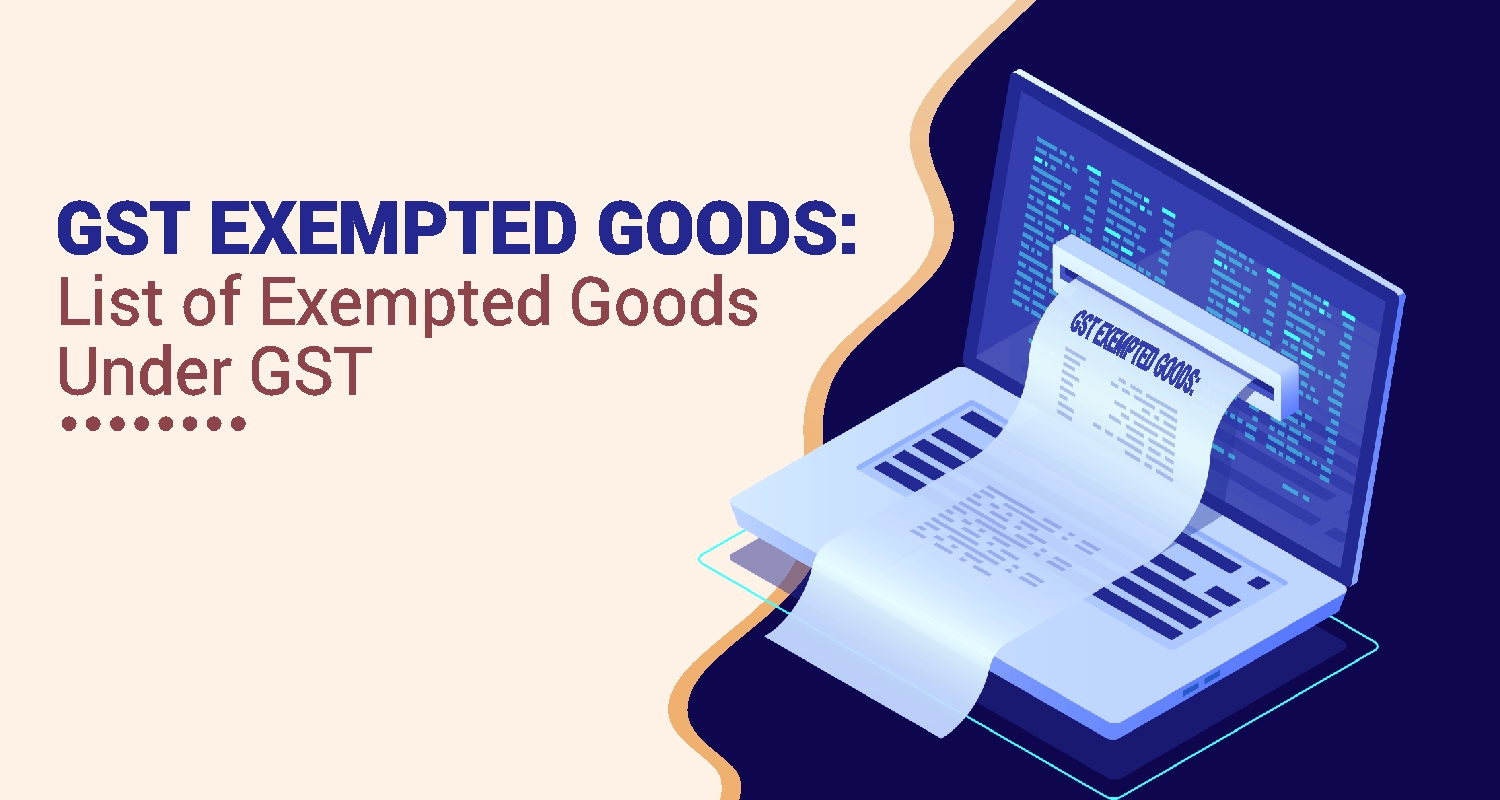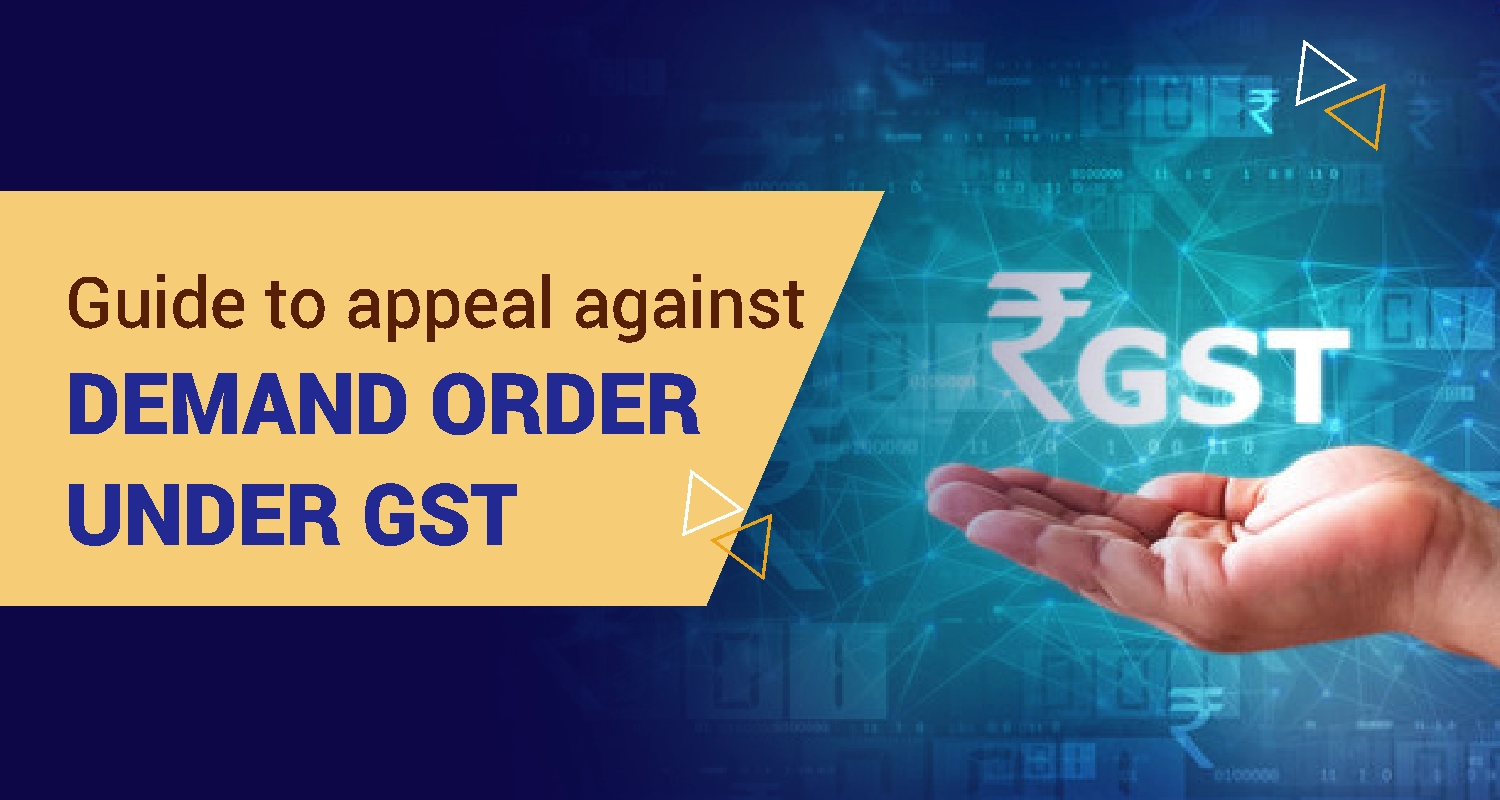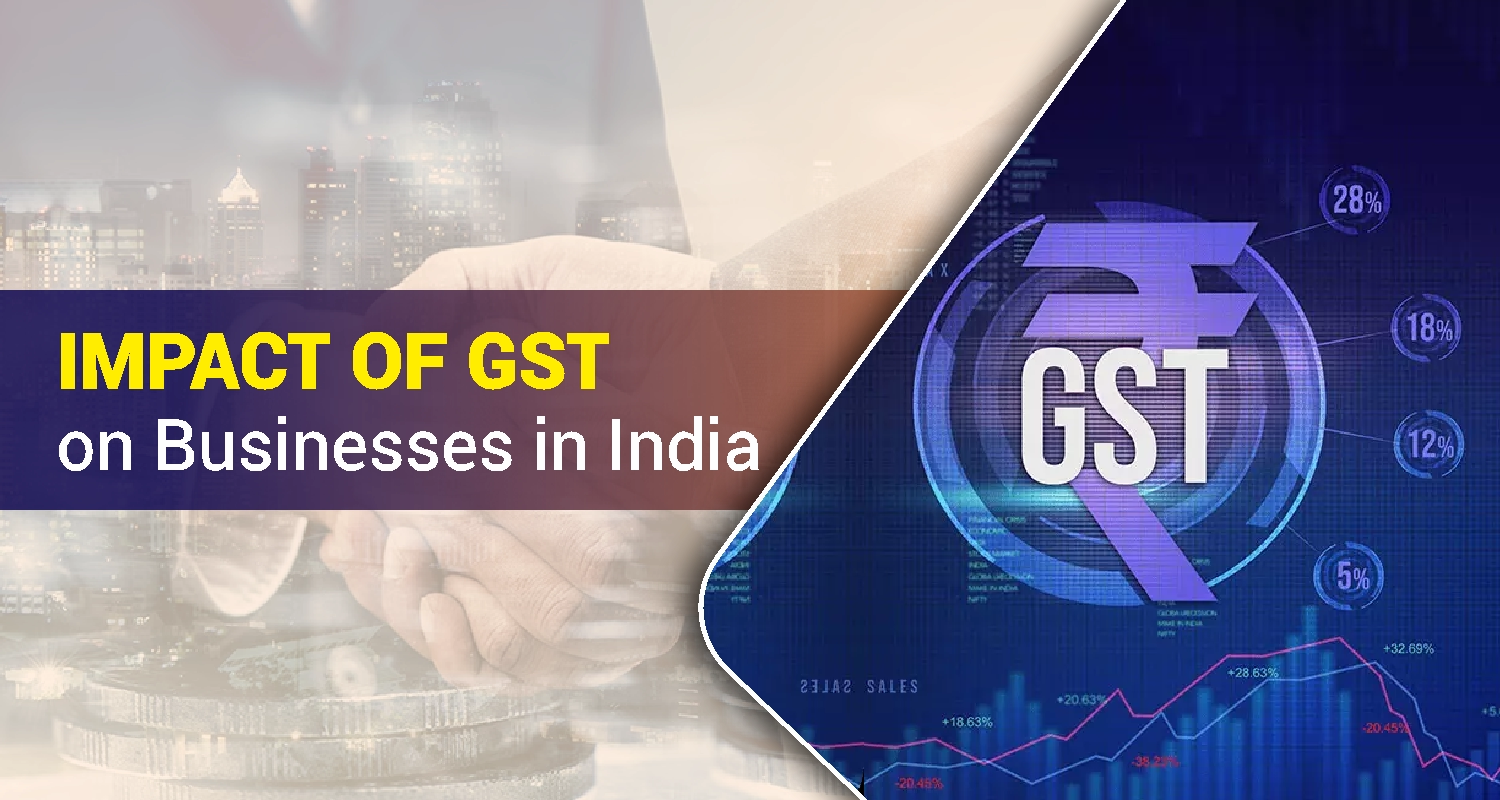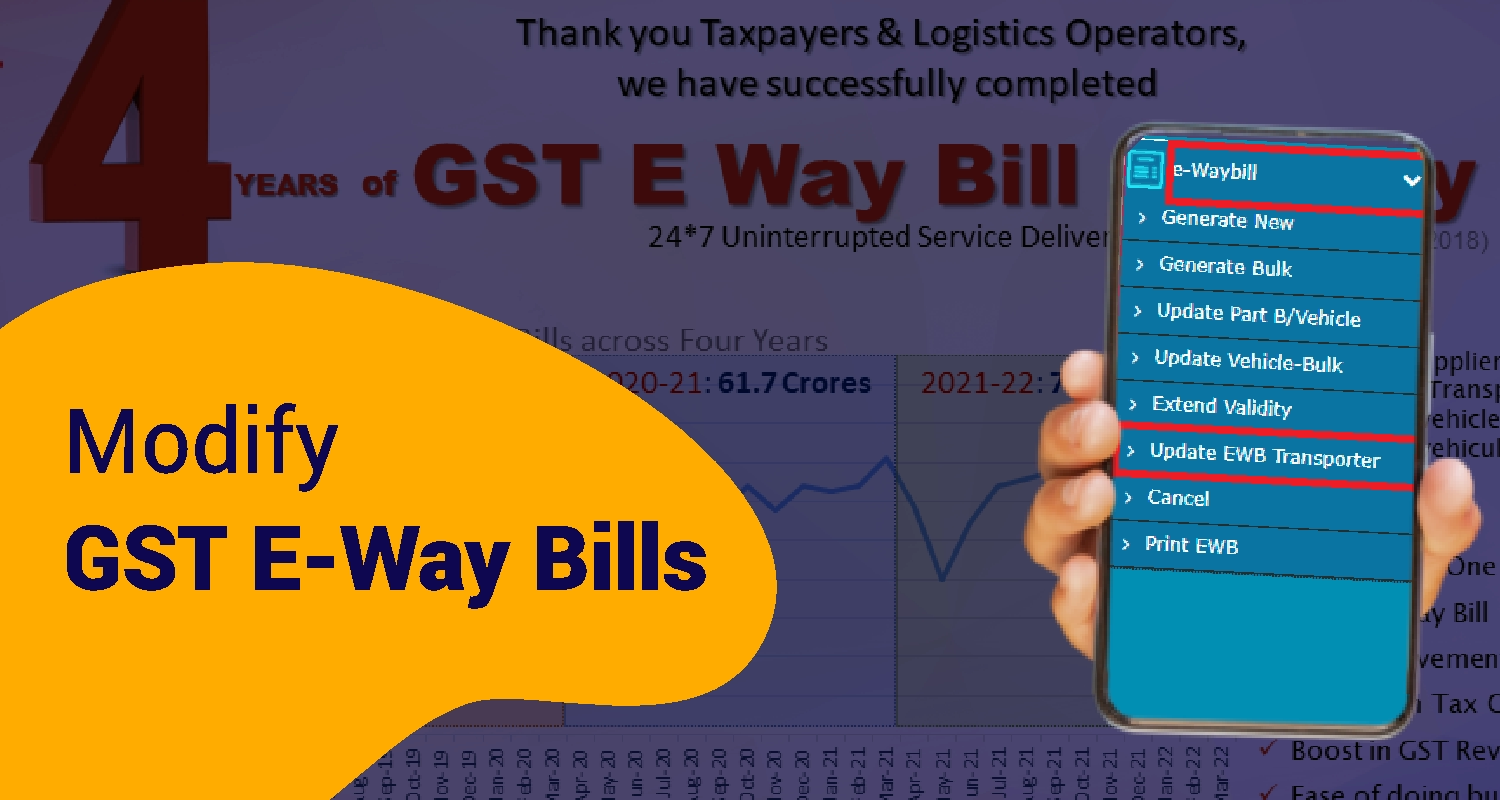Alternative Minimum Tax (AMT): Applicability & Tax Calculation

Alternative Minimum Tax (AMT) in India is a tax provision designed to ensure that individuals, companies, and other entities with significant income cannot avoid paying taxes by utilizing various deductions and incentives. It acts as a safeguard, ensuring that taxpayers with considerable income pay at least a minimum level of tax, even if their regular tax liability is reduced through permissible exemptions.
Introduced as a counterpart to the corporate Minimum Alternate Tax (MAT), AMT targets non-corporate taxpayers, such as individuals, Hindu Undivided Families (HUFs), and partnership firms, involved in businesses or professions.
Purpose of AMT in India
AMT was introduced to prevent misuse of tax exemptions and deductions under the Income Tax Act, 1961. The provision ensures that entities benefiting from substantial tax incentives contribute a minimum amount to the government’s revenue.
It is particularly relevant for individuals, Hindu Undivided Families (HUFs), firms, and Limited Liability Partnerships (LLPs) claiming deductions under specified sections of the Act.
Applicability of AMT in India
AMT applies to the following categories of taxpayers:
Non-Corporate Entities:
- Individuals, HUFs, firms, LLPs, and Association of Persons (AOPs) claiming deductions under certain sections like 80H to 80RRB (excluding section 80P) or under section 10AA (deduction for SEZ units).
- The adjusted total income must exceed ₹20 lakh for AMT to apply.
Corporate Entities:
- Although AMT is primarily aimed at non-corporate entities, companies were subject to a similar provision known as Minimum Alternate Tax (MAT) under section 115JB.
- Post the Taxation Laws (Amendment) Act, 2019, MAT rates were significantly reduced, and AMT now primarily affects non-corporate taxpayers.
Key Features of AMT in India
1. Threshold Income: AMT applies only when the adjusted total income exceeds ₹20 lakh.
2. Adjusted Total Income:
- The adjusted total income is calculated by adding back certain deductions to the total income. These include:
- Deductions under Chapter VI-A (excluding section 80P).
- Deduction under section 10AA for SEZ units.
3. AMT Rate: The AMT tax rate is set at 18.5% of the adjusted total income, plus applicable surcharge and cess.
4. AMT Credit: If a taxpayer pays AMT in a financial year, they can claim AMT credit in subsequent years. The credit is available for a maximum of 15 assessment years and can be utilized only to the extent of the regular tax liability exceeding the AMT liability.
Sapna aapka. Business Loan Humara.
Apply NowHow Is AMT Calculated in India?
Here’s a step-by-step guide to calculating AMT:
Step 1: Compute Regular Total Income and Tax Liability
- Calculate your total income as per normal provisions of the Income Tax Act.
- Compute the tax liability based on the applicable tax slab or rates.
Step 2: Calculate Adjusted Total Income
- Start with the total income calculated above.
- Add back deductions claimed under Chapter VI-A (except section 80P) and section 10AA.
Step 3: Apply the AMT Rate
- Multiply the adjusted total income by the AMT rate of 18.5%.
- Add surcharge and cess as applicable.
Step 4: Compare AMT Liability and Regular Tax Liability
- If the AMT liability exceeds the regular tax liability, the taxpayer must pay the higher AMT amount.
Example of AMT Calculation
Let’s consider an LLP claiming deductions under section 10AA for its SEZ unit.
1. Regular Income Calculation:
Total income = ₹25 lakh
Deductions under section 10AA = ₹5 lakh
Taxable income (after deductions) = ₹20 lakh
Regular tax liability (at 30%) = ₹6 lakh
2. Adjusted Total Income Calculation:
Adjusted total income = ₹25 lakh (adding back ₹5 lakh deduction)
3. AMT Calculation:
AMT = 18.5% of ₹25 lakh = ₹4.625 lakh
Add cess (4%) = ₹4.81 lakh
4. Final Tax Payable:
Compare AMT of ₹4.81 lakh with regular tax of ₹6 lakh. Since the regular tax liability is higher, the LLP pays ₹6 lakh as tax.
What is Alternative Minimum Tax (AMT) Credit
When AMT exceeds the regular tax liability in a financial year, the difference is available as AMT credit. This credit can be carried forward and adjusted in subsequent years when the regular tax liability surpasses the AMT liability. The following conditions apply:
- Credit can be carried forward for up to 15 assessment years.
- It can only offset the amount by which regular tax exceeds AMT in future years.
Practical Considerations for Taxpayers
- Threshold Monitoring: Taxpayers with adjusted total income near ₹20 lakh should carefully review their deductions and tax liability to determine AMT applicability.
- Impact of Deductions: AMT reduces the effective benefit of certain deductions, such as those under section 10AA and specified Chapter VI-A sections.
- Compliance: Taxpayers subject to AMT must file Form 29C, which is a report from a Chartered Accountant certifying AMT computation.
Conclusion
Alternative Minimum Tax (AMT) in India ensures that taxpayers benefiting from specific tax incentives contribute a minimum level of tax. Its structured approach targets high-income earners claiming substantial deductions, maintaining equity in the tax system. Understanding AMT’s provisions, especially the adjusted income threshold and credit mechanism, is essential for compliance and tax planning.
FAQs on Alternative Minimum Tax (AMT) in India
Q1. What is the purpose of AMT in India?Ans. AMT ensures that taxpayers claiming significant deductions under sections like 10AA, 35AD, or Chapter VI-A pay a minimum amount of tax, even if their regular tax liability is reduced to zero.
Q2. Who is exempt from AMT provisions?Ans. AMT does not apply to individuals, HUFs, AOPs, or BOIs with an adjusted total income below ₹20 lakh or those opting for concessional tax regimes under sections like 115BAC.
Q3. How is AMT Credit carried forward?Ans. Taxpayers can carry forward AMT Credit for up to 15 years and utilize it when the regular tax liability exceeds the AMT liability in subsequent years.
Q4. Is AMT applicable to corporate taxpayers?Ans. No, corporate taxpayers are subject to Minimum Alternate Tax (MAT) under section 115JB instead of AMT.
Sapna aapka. Business Loan Humara.
Apply NowDisclaimer: The information contained in this post is for general information purposes only. IIFL Finance Limited (including its associates and affiliates) ("the Company") assumes no liability or responsibility for any errors or omissions in the contents of this post and under no circumstances shall the Company be liable for any damage, loss, injury or disappointment etc. suffered by any reader. All information in this post is provided "as is", with no guarantee of completeness, accuracy, timeliness or of the results etc. obtained from the use of this information, and without warranty of any kind, express or implied, including, but not limited to warranties of performance, merchantability and fitness for a particular purpose. Given the changing nature of laws, rules and regulations, there may be delays, omissions or inaccuracies in the information contained in this post. The information on this post is provided with the understanding that the Company is not herein engaged in rendering legal, accounting, tax, or other professional advice and services. As such, it should not be used as a substitute for consultation with professional accounting, tax, legal or other competent advisers. This post may contain views and opinions which are those of the authors and do not necessarily reflect the official policy or position of any other agency or organization. This post may also contain links to external websites that are not provided or maintained by or in any way affiliated with the Company and the Company does not guarantee the accuracy, relevance, timeliness, or completeness of any information on these external websites. Any/ all (Gold/ Personal/ Business) loan product specifications and information that maybe stated in this post are subject to change from time to time, readers are advised to reach out to the Company for current specifications of the said (Gold/ Personal/ Business) loan.



